When to Plant Carrots in Georgia
Introduction
Welcome to our comprehensive guide on when to plant carrots in Georgia. Carrots are a popular and nutritious root vegetable that can be grown in a variety of climates. However, timing is crucial when it comes to planting carrots in Georgia. In this article, we’ll cover everything you need to know about planting, caring, and harvesting carrots in Georgia, including common problems and solutions.
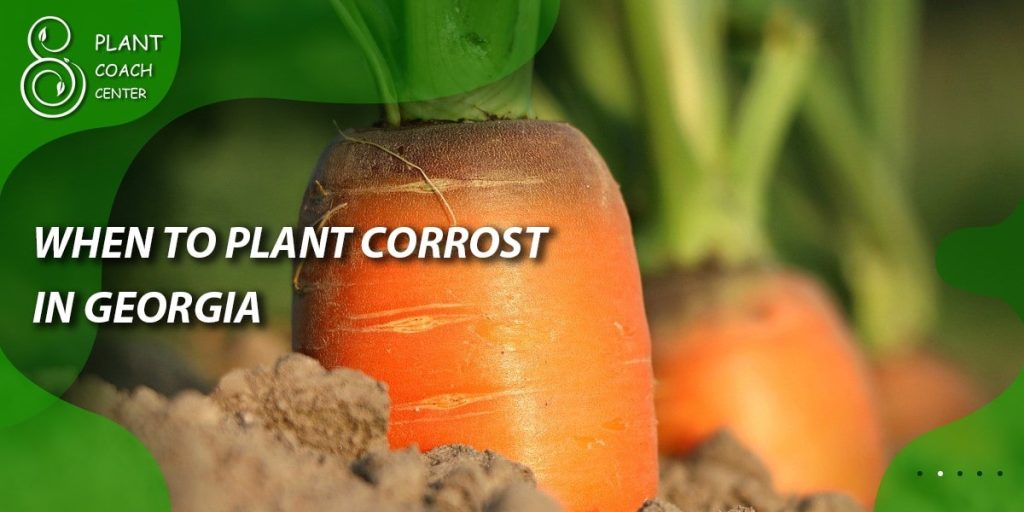
Understanding Carrots
Before we dive into the details of when to plant carrots in Georgia, let’s first understand the basics of growing carrots.
Varieties of Carrots
Carrots come in a range of colors, shapes, and sizes. Some popular varieties of carrots include:
– Nantes: sweet and crunchy, with a cylindrical shape
– Danvers: large and tapered, good for juicing and canning
– Imperator: long and slender, good for slicing
– Chantenay: short and stout, good for heavy soils
Nutritional Benefits of Carrots
Carrots are a good source of vitamin A, fiber, and antioxidants. They are also low in calories and can be a healthy addition to any diet.
Soil Requirements for Growing Carrots
Carrots require loose, well-draining soil with a pH between 6.0 and 7.0. They prefer soil that is rich in organic matter and free of rocks or other debris.
Preparing for Planting
Before planting carrots in Georgia, it’s important to prepare the soil and choose the right location.
Soil Preparation
Carrots require loose, friable soil that is free of rocks or other debris. To prepare the soil for planting, follow these steps:
- Remove any weeds or other plant material from the area.
- Loosen the soil to a depth of at least 6 inches.
- Mix in compost or other organic matter to improve soil fertility and structure.
Fertilization
Carrots require a balanced fertilizer with a higher percentage of phosphorus and potassium than nitrogen. Apply a fertilizer with a ratio of 5-10-10 or 10-10-10 before planting.
Choosing the Right Location
Carrots require full sun and well-draining soil. Choose a location that receives at least 6-8 hours of direct sunlight per day and has good airflow to prevent disease.
When to Plant Carrots in Georgia
Timing is crucial when it comes to planting carrots in Georgia. Here are some factors to consider when deciding when to plant:
Average Last Frost Dates in Georgia
The average last frost date in Georgia varies by region. In general, the last frost occurs in mid-to-late April in the northern part of the state, and in late March to early April in the southern part of the state.
Recommended Planting Dates for Each Region of Georgia
To determine the best time to plant carrots in your region of Georgia, consult the following chart:
| Region | Planting Dates |
|—————–|—————–|
| North Georgia | Late March to April |
| Central Georgia | Mid-March to April |
| South Georgia | Late February to March |
How to Determine Soil Temperature
Carrots require a soil temperature of at least 45°F to germinate. Use a soil thermometer to determine the temperature of the soil before planting.
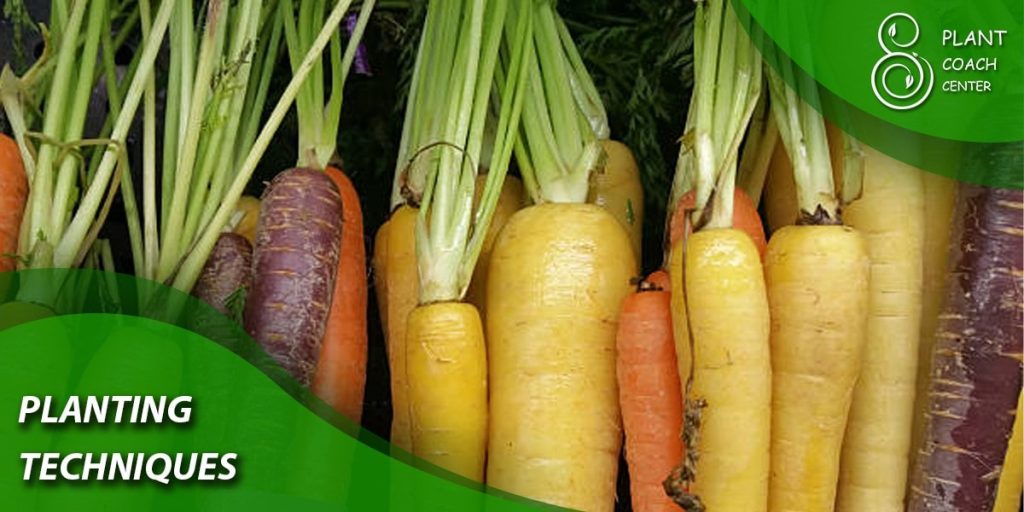
Planting Techniques
Now that you know when to plant carrots in Georgia, let’s discuss planting techniques.
Direct Sowing vs. Transplanting
Carrots can be planted either by direct sowing or by transplanting seedlings. Direct sowing is the most common method and involves planting seeds directly into the soil. Transplanting involves starting seeds indoors and then transplanting seedlings into the garden.
Seed Selection and Preparation
Choose high-quality carrot seeds that are fresh and free of disease. Soak the seeds in water for 24 hours before planting to help speed up germination.
Planting Depth and Spacing
Plant carrot seeds 1/4 inch deep and space them 1-2 inches apart. Thin the seedlings to 2-3 inches apart once they have developed their second set of leaves.
Watering and Irrigation
Carrots require consistent moisture to grow properly. Water the soil deeply and regularly, taking care not to overwater or waterlog the soil.
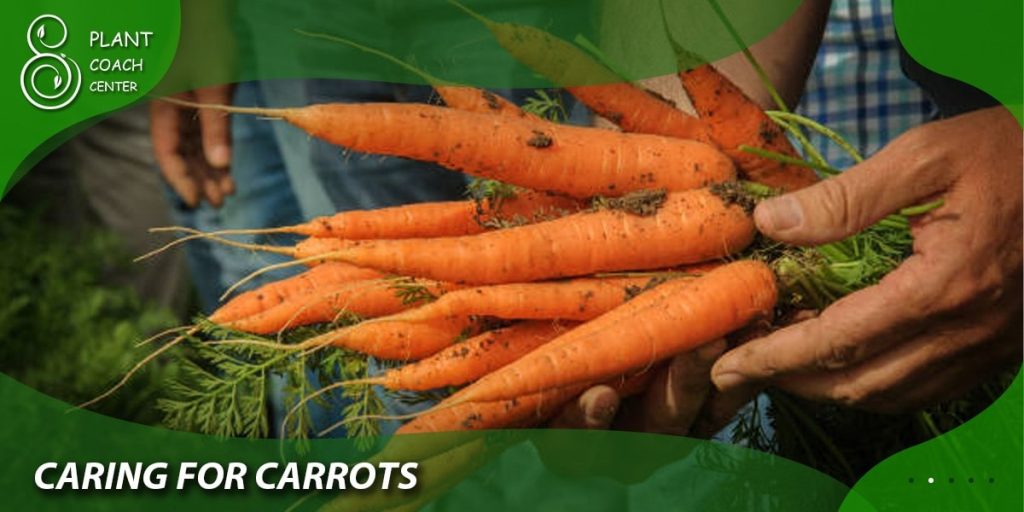
Caring for Carrots
After planting, it’s important to provide proper care and maintenance to ensure healthy growth and a bountiful harvest.
Maintaining Soil Moisture
Carrots require consistent moisture to grow properly. Water the soil deeply and regularly, taking care not to overwater or waterlog the soil.
Fertilization and Nutrient Management
Carrots require a balanced fertilizer with a higher percentage of phosphorus and potassium than nitrogen. Apply a fertilizer with a ratio of 5-10-10 or 10-10-10 before planting.
Weed Control
Weeds can compete with carrots for nutrients and water. Keep the garden free of weeds by pulling them by hand orusing a hoe. Be careful not to disturb the carrot roots while weeding.
Pest and Disease Management
Carrots can be susceptible to a range of pests and diseases, including carrot rust fly, carrot weevil, and root rot. To prevent and manage these problems, consider the following:
– Use row covers to prevent carrot rust fly infestations.
– Rotate crops to prevent carrot weevil infestations.
– Practice good sanitation to prevent disease, including removing any diseased plant material and keeping the garden clean.
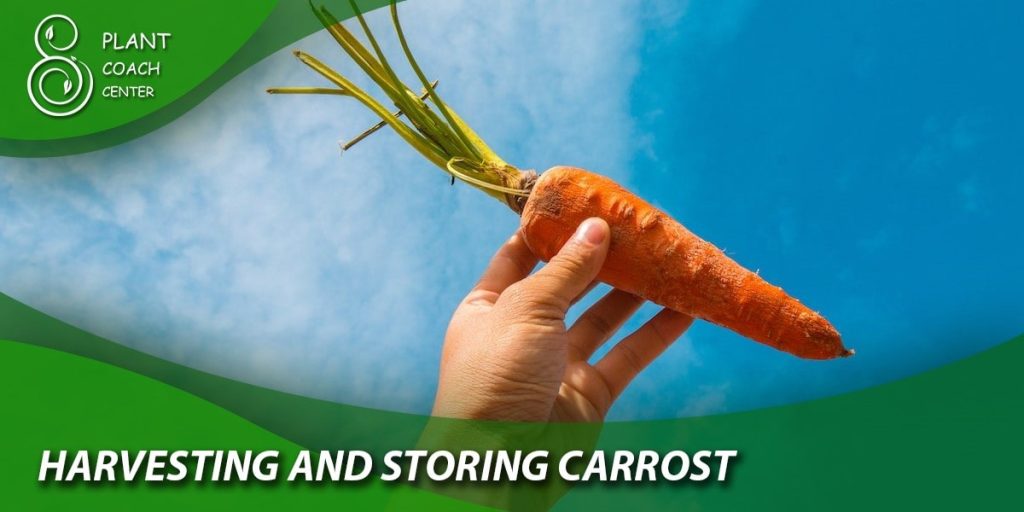
Harvesting and Storing Carrots
Harvesting and storing carrots properly is crucial for maintaining their quality and flavor.
Signs of When to Harvest
Carrots are ready to harvest when the roots have reached their desired size and color. Look for the shoulders of the carrots to emerge from the soil and check their size.
Harvesting Techniques
Gently loosen the soil around the roots and pull the carrots out of the ground. Be careful not to damage the roots while harvesting.
How to Store Carrots Properly
Store carrots in a cool, dry place with good ventilation. Remove the tops of the carrots before storing to prevent wilting. Carrots can last for several weeks to several months if stored properly.
Common Carrot Problems and Solutions
Carrots can be susceptible to a range of problems, including carrot rust fly, carrot weevil, and root rot. To prevent and manage these problems, consider the following:
– Use row covers to prevent carrot rust fly infestations.
– Rotate crops to prevent carrot weevil infestations.
– Practice good sanitation to prevent disease, including removing any diseased plant material and keeping the garden clean.
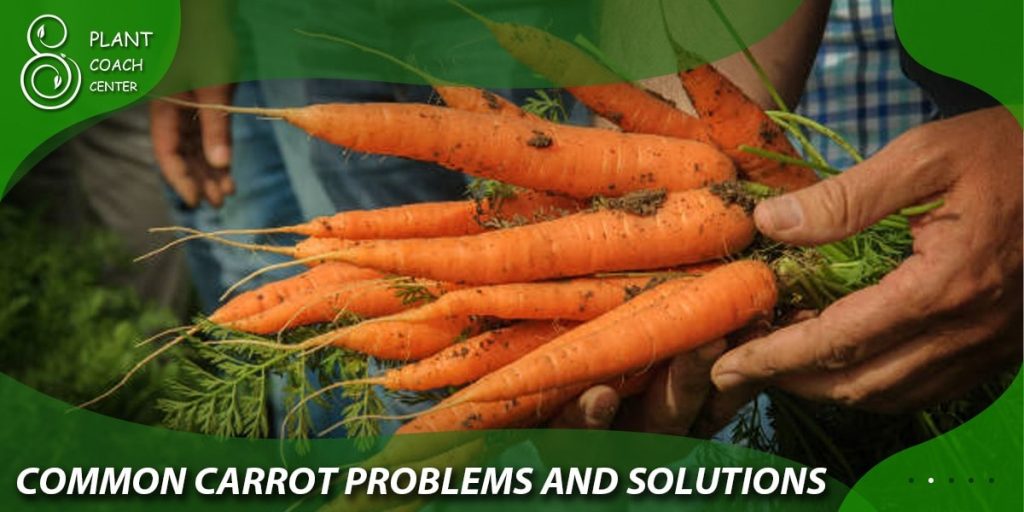
Conclusion
Growing carrots in Georgia can be a fun and rewarding experience with the right preparation and care. By following the tips and best practices outlined in this guide, you can ensure a healthy and productive harvest of delicious, nutritious carrots. Remember that plantcoachcenter.com is a great resource for further learning and support. Happy planting!
When should I plant carrots in Georgia?
Spring or fall.
Can carrots be planted in summer in Georgia?
It's not recommended.
What is the best time to sow carrot seeds in Georgia?
Early spring or late summer.
When is the ideal planting season for carrots in Georgia?
March to April or August to September.







